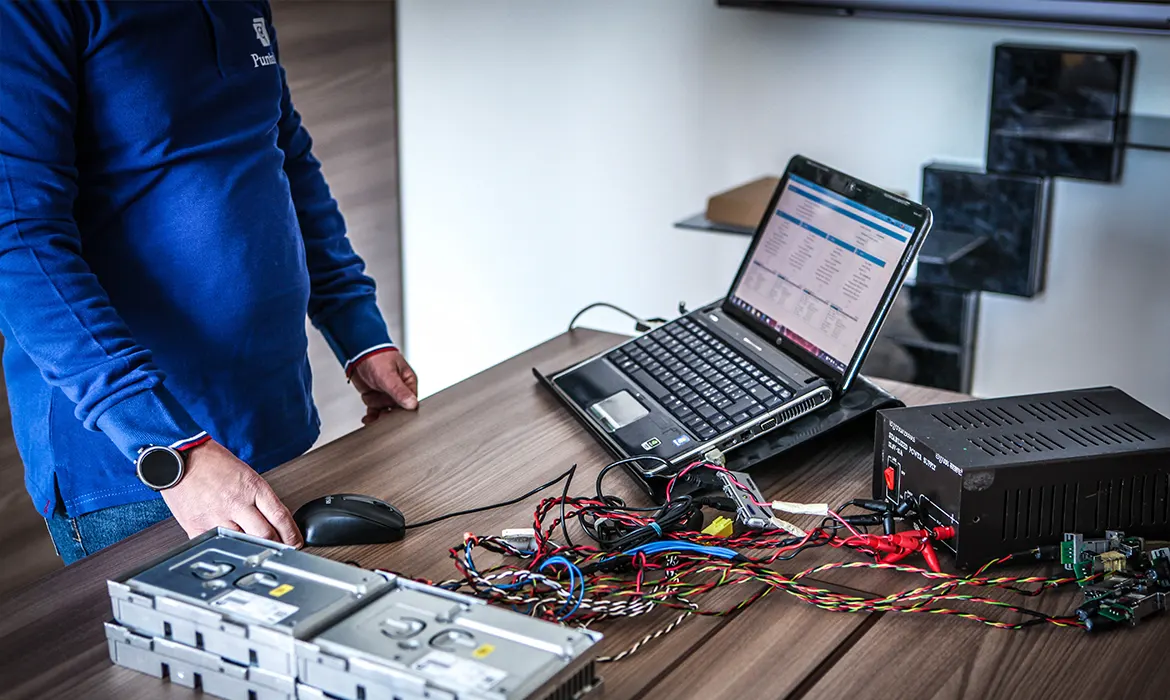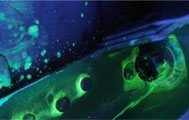
News: Before talking about CANalyzer and DIANalyzer and better understand what they are and how they work, it is advisable to turn off the engine, stop for a moment, get comfortable and look around the passenger compartment of your car. We don't always realize how many microchips, how many electronic devices, how many codes allow us to translate our desires into concrete actions and movements. Each operation we perform inside our car is transformed into a signal that is forwarded to one or more control units. Here it is processed instantly and immediately becomes pure and simple command. All this is made possible by a continuous sharing of data, information and stimuli that generate a response on the car.
In new generation cars, all auxiliary systems such as power windows, door open detectors, central locking, climate control, LED lights, windshield wipers, immobilizer system or stereo amplifier, pass through a body computer . In addition to managing all these functions, the body computer must also be able to analyze the data needed by the various systems such as ABS, ESP, Engine management control unit, to operate the vehicle.
Before the advent of the body computer, the speed of a vehicle, for example, was detected by a sensor usually positioned on the gearbox, while the functioning of the ABS was managed by 4 other sensors positioned on each of the car's wheels. In a new generation car, equipped with CAN-bus, the ABS control unit calculates the vehicle speed and communicates it to the body computer which, in turn, shares this information to all the control units that may need this data. This allowed a significant reduction of sensors without, however, losing any information and, at the same time, optimizing the functionality of the various systems.
CAN PROTOCOL. WHAT IT IS AND HOW IT WORKS
CAN stands for Control Area Network and is a network protocol that allows the circulation of information at high speed, just like with a computer's LAN network. The CAN protocol establishes the structure of the information packet that must travel on the network and, thanks to a connector, connects all the on-board control units of the car so as to make them communicate with each other, exchanging this information.
This type of network connection works in multimaster-multislave mode, i.e. the units connected to the connector, called nodes, work either as a master, sending and receiving information, or as a slave, receiving only information and providing it on request. The nodes do not have an address that identifies them and can, therefore, be added or removed without having to reorganize the system or a part of it.
The CAN protocol (Control Area Network) establishes the following information transmission criteria:
Start: start of the data package
ID: identifier of the message
Commands: type of message
Data: data packet transmitted
CRC: error detection code
End data, Acknowledge e End frame: closing information of the data packet
The vehicular communication networks are divided into three classes:
A: up to 10Kbps for bodywork applications (window lifters, central locking, etc.)
B: from 50Kbps to 125Kbps for dashboard applications (air conditioning, on-board instrumentation, etc.)
C: from 125Kbps to 1Mbps for engine compartment applications (engine management control unit, ABS / ESP, etc.)
THE CANALYZER SOFTWARE
The CANalyzer is an analysis software developed by Vector and widely used mainly by the suppliers of electronic and automotive control units to analyze the data traffic in CAN-Bus systems.
Its main field of application is electronic networking inside a car and is used above all in mechanical workshops to diagnose car control units, reprogram and update firmware versions and, if necessary, reset error codes.
Through the CAN bus and the Vector software, Punto Netto's specialized technicians are able to update or reprogram the loose components using the specific flash tools for those specific electronic systems. Thanks to the CAN protocol it is possible to interrogate any electronic component by connecting directly to it. This also allows you to intervene on the pieces in the warehouse or on the assembly line to reprogram and update them.
The CANalyzer software is therefore used by the Punto Netto qualified personnel on original equipment components when these must be checked to avoid bugs that could jeopardize the correct functioning of the many systems present in a car or on obsolete spare parts that you want to update (such as satellite navigators and stereo amplification systems).
DIANALYZER WHAT IS IT AND HOW DOES IT WORK?
DIAnalyzer is an engineering diagnostic tool developed by FCA (STELLANTIS) / Stellantis to run on Microsoft Windows platforms. The DIANalyzer software It is used to interface with the control units and to carry out a diagnosis of the electronic components already assembled and mounted on the individual cars.
Once these components have been queried, it is possible to reprogram or update the systems through BIN files produced by the same suppliers. Once the components have been updated, connect to the car's body computer to recognize the ECU being updated and refresh to re-establish proper communication between all the electronic systems connected to it.



 Among the many services provided by Equity Point stand out the non-destructive testing, with Penetrating liquids, Ultrasound and Magnetic Particle.
Among the many services provided by Equity Point stand out the non-destructive testing, with Penetrating liquids, Ultrasound and Magnetic Particle.




